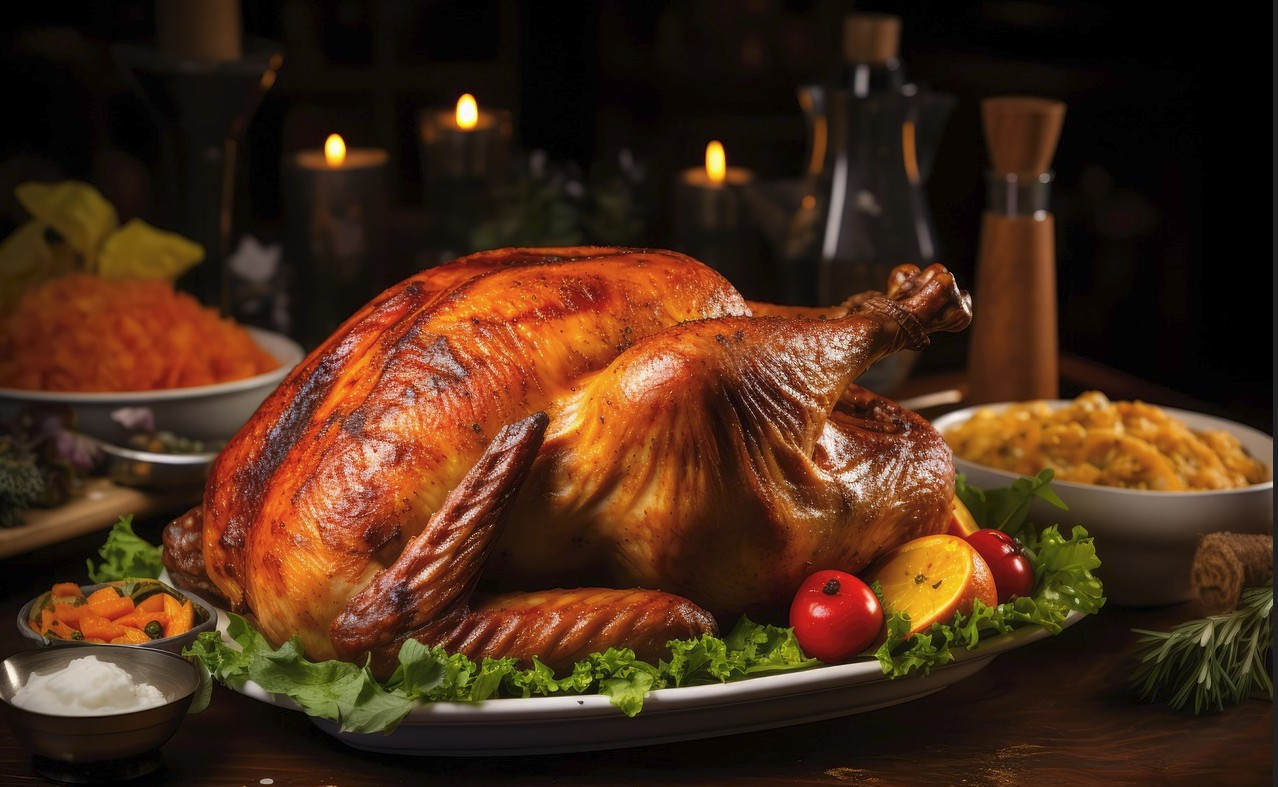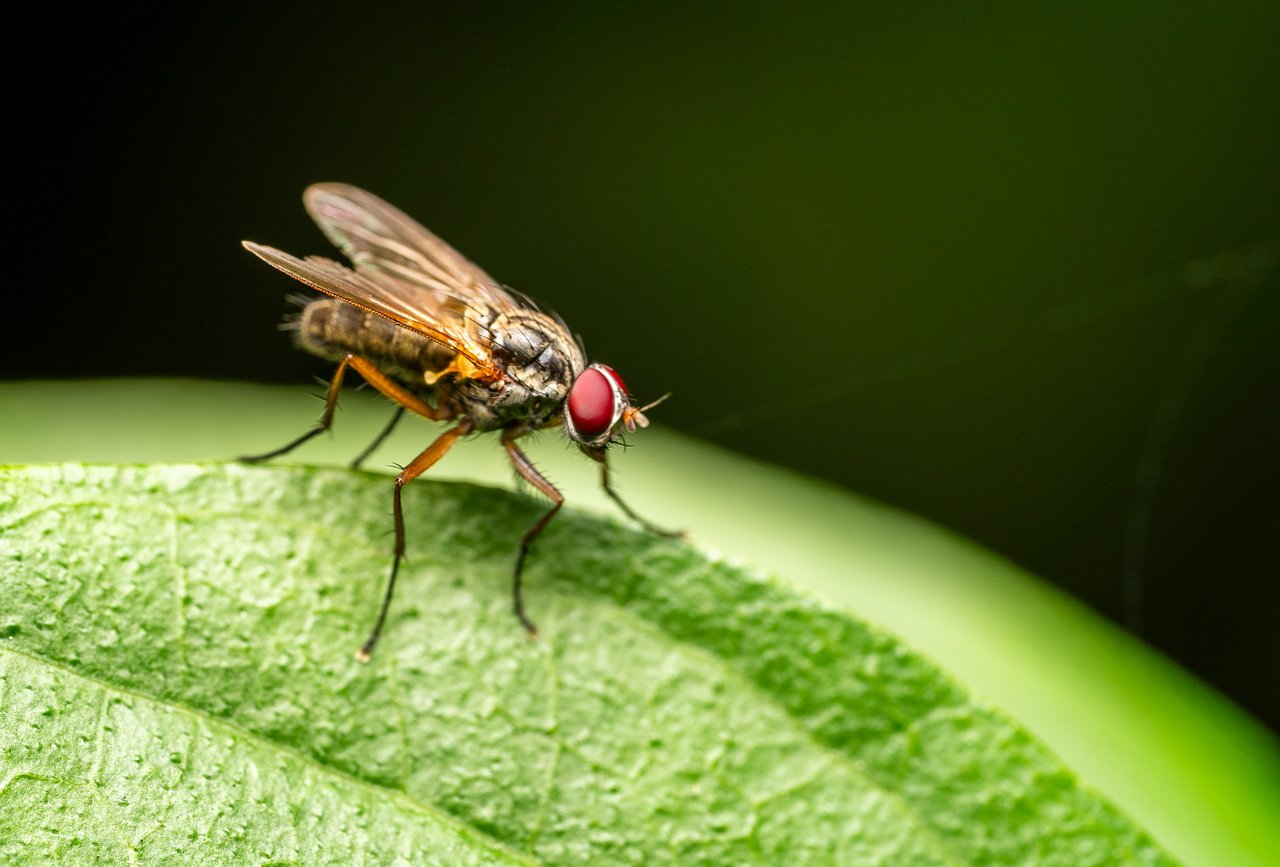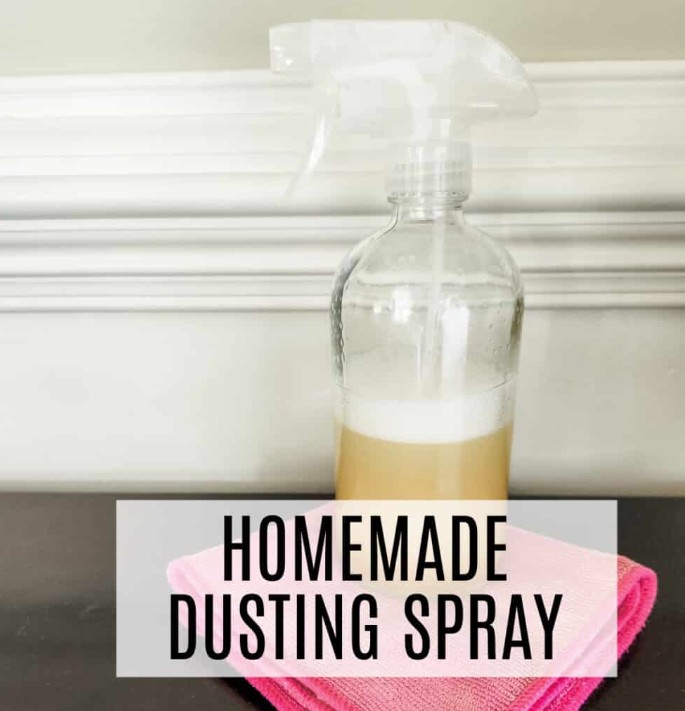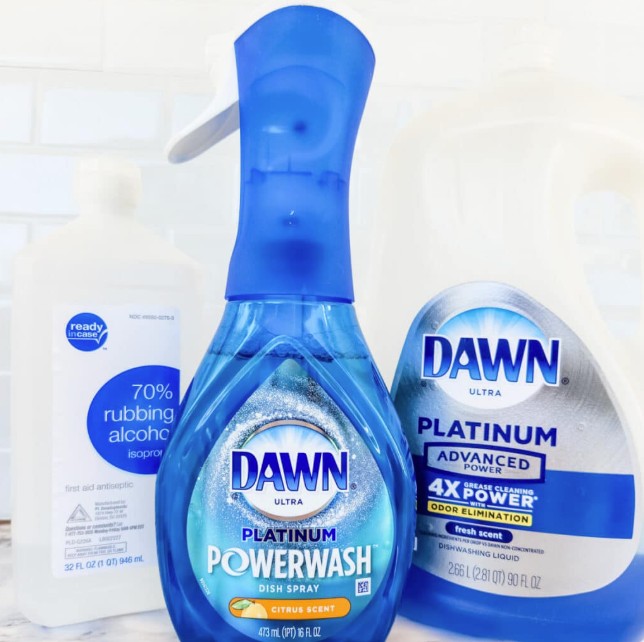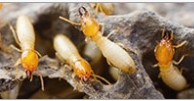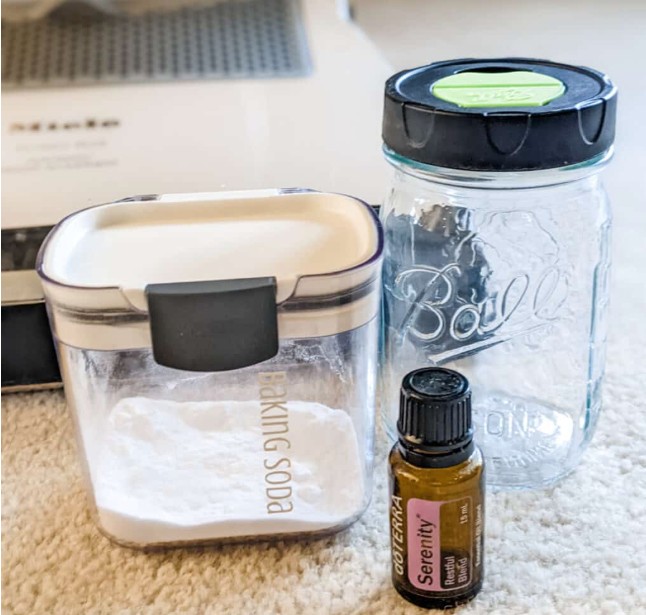Flies can turn a calm summer evening into a real nuisance. They show up fast, hang around kitchens or patios, and won’t leave easily. Many try sprays or bug zappers, but these often smell strong or cost too much. The good news? You don’t need fancy tools to deal with them. Simple things like vinegar, sugar, and dish soap work well to control flies safely. With just a few easy steps, you can keep flies away without harsh chemicals. Here are the best DIY fly killer ways to keep your home and yard free of flies.
DIY Most Effective Fly Killer Methods
Flies don’t stand a chance against these tried-and-true traps and repellents. Each method explained below has been tested in homes like yours. They use natural ingredients, pose no real risk to pets or kids (unlike conventional sprays), and don’t break the bank. Better yet, you get instant results and peace of mind.
DIY Vinegar and Dish Soap Trap: Step-by-Step Guide
Apple cider vinegar and a squirt of dish soap make a classic fly trap. The reason is simple: Flies love the sweet scent of vinegar, but the soap breaks the surface tension of the liquid, trapping them for good.
How to make it:
- Grab a small bowl or glass jar.
- Fill it about a third full with apple cider vinegar. Regular white vinegar works too, but the smell is less appealing to flies.
- Add a few drops of dish soap. Gently stir but try not to make bubbles.
- Cover the jar with plastic wrap. Secure it with a rubber band and poke small holes with a fork or toothpick. (If you skip the cover, flies can escape but will still get trapped in soapy vinegar.)
- Place the trap near the problem area: on a windowsill, near the sink or garbage.
Effectiveness: High for small fruit flies and gnats, moderate for large houseflies
Safety: Non-toxic (just don’t drink it!)
Personal note: I’ve used this during peach season with impressive results. After a day or two, you’ll see a collection of tiny victims at the bottom. It’s oddly satisfying.
Sugar and Yeast Bottle Trap: How It Works
If you want a trap that’s more attractive to bigger flies, the sugar and yeast combo is your go-to. Imagine it as a homemade fly “lure.” The yeast eats the sugar, releasing carbon dioxide that draws flies to their doom.
Ingredients and steps:
- Take a clean empty plastic bottle (1 or 2-liter soda bottles work well).
- Cut the top third off with scissors.
- Add 2 tablespoons sugar and 1 cup warm water to the bottom part. Stir to dissolve.
- Sprinkle 1 packet (about 2 teaspoons) of baking yeast on top. No need to stir.
- Invert the bottle top and place it like a funnel into the bottom. Tape the edges if needed.
- Place near fly hotspots.
Why flies get caught:
The CO₂ bubbles out, attracting flies. They crawl in, but rarely find their way back out.
Effectiveness: Great for houseflies, especially in kitchens or near compost bins
Safety: Safe for kids and pets, though the mixture gets messy after a week
Personal experience: This trap turned out to be a lifesaver during a summer barbecue. I came back to an impressive pile-up in just two days.
Natural Repellents: Essential Oils and Herbs
Not every solution has to be a trap. Some natural scents drive flies away with less cleanup. Think of these as the friendly line of defense—sort of like putting up a “No Entry” sign.
Top choices that actually work:
- Lavender oil: Dab onto cotton balls and leave by windows or trash cans.
- Cloves stuck in lemons: Slice a lemon in half, poke in a handful of whole cloves, and set it out in the kitchen. The smell is pleasant to humans, but flies hate it.
- Basil, mint, bay leaves: Place pots or fresh sprigs around entry points.
Effectiveness: Good for prevention, moderate at driving away an existing problem
Safety: No chemicals or toxins, just plants and oils
Extra tip: Refresh the oils or replace herbs every few days for the best effect.
Expert opinion: “Peppermint and eucalyptus oil are especially good at keeping both flies and mosquitos at bay,” says Dr. Andrew, an entomologist from Vermont. He suggests rotating scents to prevent flies from getting used to one type.
Maintaining and Disposing of DIY Fly Traps
There’s a minor catch: DIY traps need basic maintenance. An old trap can get smelly or fill up quickly.
To keep traps effective:
- Change the vinegar-dish soap mixture every 3 to 4 days.
- Rinse and refill bottle traps weekly, or as soon as flies stop falling for the trick.
- Discard any dead flies by flushing them or sealing them in a trash bag.
Hygiene tip: Always wash your hands after handling used traps, even if they seem clean.
For outdoor use: DIY traps work well in gardens, but avoid placing them close to picnic tables or grill areas to avoid attracting more flies to you rather than the trap.
If a trap stops working: Check for clogs, replace ingredients, or move it to a new spot. Sometimes flies avoid an area after a big catch. Try two or three traps if the problem is serious.
DIY Fly Killers can be Both Powerful and Safe
DIY fly killers can be both powerful and safe without expensive chemicals or specialized gadgets. The vinegar and dish soap trap destroys fruit flies almost overnight. Sugar and yeast bottle traps offer serious relief for housefly invasions. Natural repellents like essential oils, herbs, or clove-studded lemons keep your space inviting only for humans.
Try these simple solutions next time you spot a stubborn fly buzzing around. They’re easy to make, cheap, and don’t pose risks to family or pets. If you find your problem is much bigger, and flies seem to multiply no matter what, it might be time to call in a professional. But for most homes, a few traps and some clever herbs are all you really need.
Have you tried these methods or come up with your own spin? Share your tips or stories in the comments. Let’s keep our homes fly-free, one natural remedy at a time.







